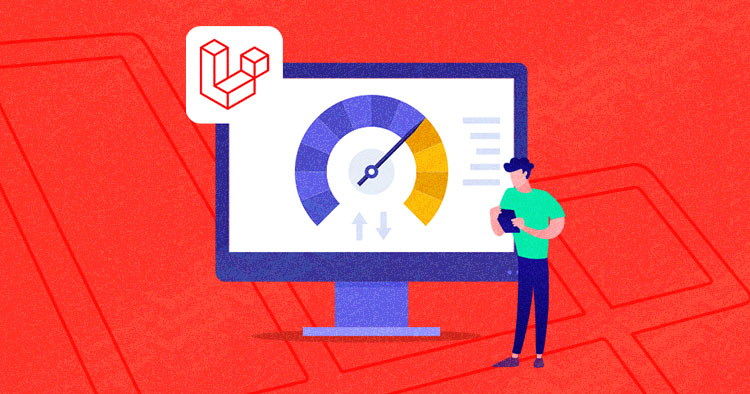In today’s digital landscape, website speed plays a crucial role in user experience and SEO rankings. Whether you are using WordPress or Laravel, optimizing performance is essential for improving search engine visibility and user engagement. In this article, we will explore key speed optimization and SEO techniques for both platforms.
Speed Optimization Techniques
1. Optimize Images
Large images slow down page loading time. Use compression tools like TinyPNG, ShortPixel, or Smush for WordPress. In Laravel, you can use intervention/image or other optimization packages to reduce image sizes without losing quality.
2. Enable Caching
WordPress users can install caching plugins such as WP Rocket, W3 Total Cache, or LiteSpeed Cache. Laravel developers can leverage caching mechanisms like Redis, Memcached, or Laravel’s built-in cache features to store frequently accessed data.
3. Minify CSS, JavaScript, and HTML
Minification reduces the size of CSS, JS, and HTML files. In WordPress, plugins like Autoptimize or WP Super Minify handle this efficiently. In Laravel, tools like Laravel Mix or npm packages such as UglifyJS and CSSNano can help minimize assets.
4. Use a Content Delivery Network (CDN)
A CDN distributes website content across multiple servers, reducing latency. Popular options include Cloudflare, BunnyCDN, and StackPath. Laravel users can integrate CDNs directly through Laravel Mix or asset management tools.
5. Optimize Database Queries
Slow database queries affect load times. WordPress users should clean up post revisions and transient options using plugins like WP-Optimize. Laravel developers should use Eloquent ORM efficiently, implement indexing, and reduce unnecessary queries.
SEO Techniques
1. Improve Core Web Vitals
Google considers Largest Contentful Paint (LCP), First Input Delay (FID), and Cumulative Layout Shift (CLS) for rankings. Optimizing images, reducing JavaScript execution time, and using a fast hosting provider will enhance these scores.

2. Implement Schema Markup for SEO
Schema markup improves search engine understanding of your content. WordPress users can use plugins like Rank Math or Schema Pro, while Laravel developers can manually add structured data JSON-LD scripts.
3. Optimize URLs and Permalinks for SEO
SEF URLs improve readability and ranking. In WordPress, use a clean permalink structure (e.g., /blog/seo-tips/). In Laravel, define proper route names and avoid unnecessary query parameters.
4. Mobile Optimization for SEO
Google prioritizes mobile-friendly websites. Use responsive design frameworks like Bootstrap for Laravel, and test mobile usability with Google’s Mobile-Friendly Test for WordPress.
5. Leverage Internal Linking and Quality Content for SEO
Internal linking enhances SEO by distributing link authority. In WordPress, Yoast SEO suggests internal links. Laravel applications should include meaningful anchor texts and structured navigation to improve SEO.
Speed optimization and search engine optimization go hand in hand. By implementing these techniques, both WordPress and Laravel sites can improve loading times, enhance user experience, and rank higher on search engines. Prioritize performance, keep your content relevant, and follow best search engine practices to stay ahead in the digital competition. You can contact to me in contact page.

